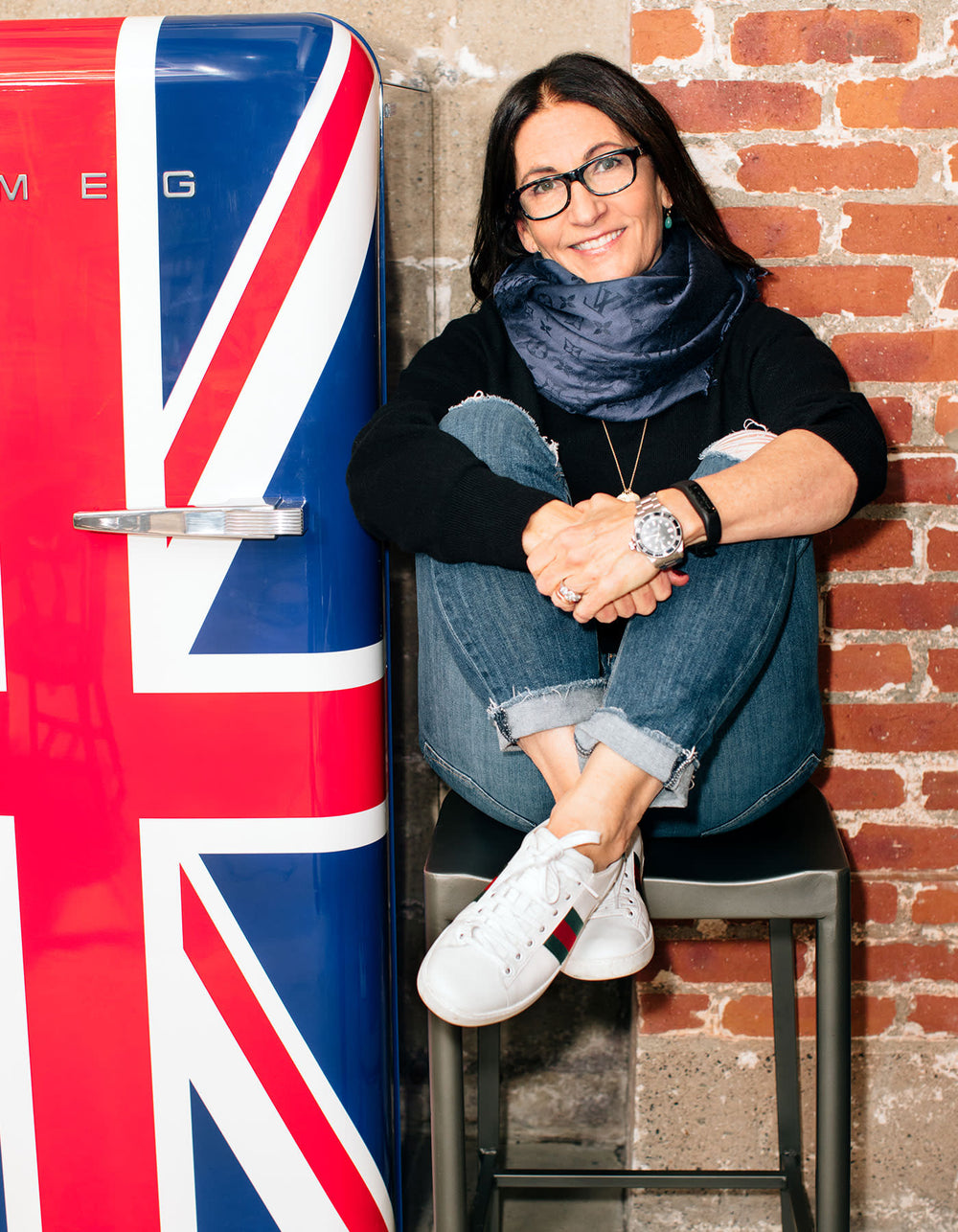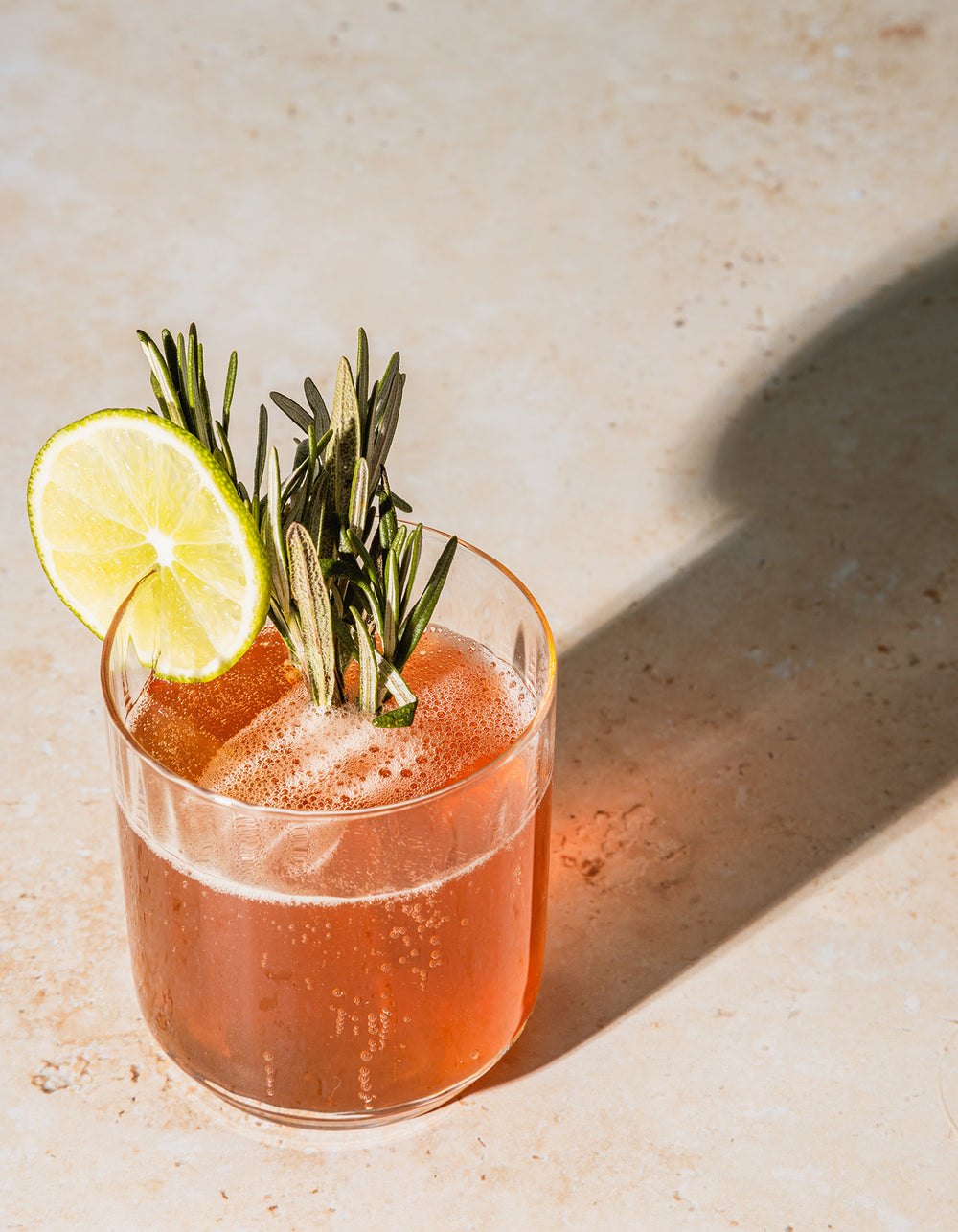
Few terms in the nutrition world sound less sexy than fiber. While the concept of fiber isn’t exciting, the benefits of it are — and I’m talking way more than making you “regular,” although that’s definitely important. Fiber can help lower cholesterol, reduce your risk of certain cancers, reduce your risk of neurodegenerative diseases (like Alzheimers and Parkinson's), and help you lose weight. The problem is that most people, and I’d venture to say most healthy eaters even, fall short when it comes to fiber.
Why fiber is important
Instead of just listing the benefits of fiber, let’s look at what happens when you don’t get enough fiber. In a study conducted at Georgia state, they subjected rodents to a low fiber diet. On the low-fiber diet, mouse intestines developed chronic inflammation. After a few weeks, the team observed that the mice began to change in other ways, putting on fat and developing higher blood sugar levels.
Fiber is like a bouncer for your digestive system, helping it to clear excess estrogen, toxins and cholesterol. A study in the Annals of Oncology found that for every 10 grams of fiber consumed daily the risk of breast cancer was 5 percent lower. Consuming 20 grams of fiber daily would mean a 10 percent lower risk, and so on.
Fiber is also important for healthy aging. In one long-term study of older adults, various dietary factors were examined and of all the variables examined, dietary fiber supported successful aging more than any other. The study defined “successful aging” as the absence of disability, cognitive impairment, respiratory symptoms, depressive symptoms, and chronic diseases.

How much do you need?
Most people fall far below their fiber needs and get less than 15 grams a day. I suggest doubling that or 30-40 grams a day. But you don’t need to spend your life counting grams of fiber (or grams of anything). Instead work on certain key categories of food. Some fiber all-stars are:
Cruciferous, or what I call “top-shelf” vegetables, like broccoli, Brussels sprouts, cabbage, cauliflower, asparagus and kale. Two cups can provide 10 grams fiber.
High fiber fruits, like berries, particularly raspberries, pears and apples. One cup of raspberries provides eight grams fiber
Legumes are a great source — lentils, beans, and split peas. One cup = around 14 grams of fiber.
Avocados. Half an avocado has seven grams of fiber.
Nuts and seeds. Chia seeds are the fiber queen, but try to have nuts or seeds once a day. Two tablespoons of chia seeds provide 11 grams of fiber. One ounce of almonds provides four grams of fiber.
And if you’re tempted by fiber powders, start with food first. No powder or potion can take the place of a healthy diet. It’s really with supplemental fibers where you can get into the too much fiber category, it’s pretty difficult to do via food. Additionally, despite the advice to eat whole grains, grains can be inflammatory and in my opinion, are not the best way to get your fiber. Instead seek out those beans, lentils, sweet potatoes, and even baked potatoes.
Soluble. Insoluble. What?
Most foods contain a mix of soluble and insoluble fibers, but I find these terms pretty confusing and useless for most people. There is a word you should know, and may not, and it’s butyrate. Certain fibers increase the production of something called butyrate. This decreases inflammation and insulin resistance and may help control weight gain with age. Beans and lentils increase your production of butyrate (as do greenish bananas).
Cautionary Notes
As you increase your fiber, you need to increase your intake of water. Most people on a high fiber diet require a minimum 8-10 cups of water per day. And as much as I’d like to think these facts and figures are convincing, you’ll feel better if you ease your way into a high fiber diet. If you’re barely having any fruits or vegetables, start with once a day and go up from there.
There is a lot of talk about low carb, keto, and intermittent fasting, but regardless of which dietary bandwagon you’re exploring, be sure you’re paying attention to fiber. It’s not necessarily new or exciting, but it’s very important.













































 Miracle Balm
Miracle Balm
 Just Enough Tinted Moisturizer
Just Enough Tinted Moisturizer
 What The Foundation
What The Foundation


